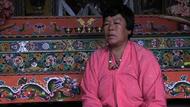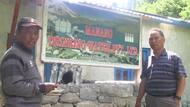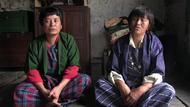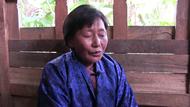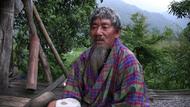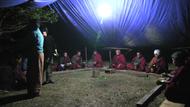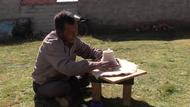Video Overview
Professor Alan Macfarlane gives an overview of the process of rice production and the differences between rice and non-rice civilizations.
- Sildujure
- Alan MacFarlaneThe two main grain systems of the world are hard grains like millet, wheat, maize, and so on--which is European grains--and soft grains, particularly rice.
- Now, you's think these are just grains and grains are grains, but, in fact, they're very very different, and the implications are enormous.
- Rice is a miracle plant, it's really a vegetable that grows in swamps. Domesticated. And each piece of rice produces a huge number of seeds, out to a hundred. You only have to keep one to replant.
- Whereas, European grains on the whole produce that much less per plant and you have to keep at least a tenth of the harvest or a fifteenth of the harvest to replant, so that's one great difference.
- Rice will feed a much denser population, you get much more per acre from rice.
- The second difference is that rice responds very well indeed to added labor. Each one is really a little vegetable, which you tend very carefully. You hand plant each one in turn, and then tend it very very carefully.
- And depending on how careful you are with the weeding and the water, you get more or less rice. So, you can build up a population, and each new person is welcome, because more rice to feed them with.
- Whereas, with hard grains, very soon you hit a law that putting in extra labor will get you no further with wheat of anything else. So, you don't get towards deep and dense population.
- A third difference is that rice grows in water, and the water is not merely to provide it with water for its growth, but also for its food, because in the water are the blue-green algae, which are the fertilizer for the rice.
- And so, rice, doesn't need fertilizer. These fields will do perfectly well if you don't supply a fertilizer.
- Whereas, if you have a hard grain, after two or three years and you don't put fertilizer on, it's no good. So, you need animals for hard grains; you don't need animals for soft grains.
- So, Europe went towards animals; China and Japan went towards human labor.
- The next great difference is that the best way to grow hard grains is on large estates. You get great benefits from having a great big sheet of grain, which can be worked with horses and so on. And so you get a social structure of large landlords and estates.
- The best way to grow rice, particularly on these small terraces, is to do it by family labor. And so, you get a social structure of small peasants, which is characteristic of China and Japan and India.
- So, the whole social structure is different.
- The next differences comes in the final stage, which is the processing. With the hard grains, it's quite easy to husk, to get the husks off. You beat them, usually, and the husks come off.
- With rice, it's very difficult to get this husk off. You have to beat it with a sharp point and a heavy weight, so you use a foot beater. And so again, lots of labor to get the husk off.
- On the other hand, at the next stage with the hard grains, you can't eat them by boiling them. You have to grind them, so you need mills for grinding. And this very easily leads into large mills.
- Whereas, rice. Once you got the tough outer layer off, just pop it in water, and it is a delicious meal, and very nutritious.
- So, you don't need milling.
- So, putting it all together. On this side, you have China and Japan and India. And you have a world where you don't need animals. You have a world where you don't need landlords. You have a world where you can build up intense, dense populations. A world where you don't need large mills.
- In Europe, you have animals. You have lighter population. You don't have dense mills. And you don't have the equality which you can have in Asia.
- So, putting all of this into two words, which make the contrast. In China and Japan, India, and here in Nepal, they had an industrious revolution--that is, people were more and more hardworking, and this lead them towards the kind of civilization which is immensely hard labor intensive.
- In Europe, we had famously an industrial revolution, where you replaced human labor with machines and non-humna power, and so an industrious / industrial contrast.
 Loading ...
Loading ... 